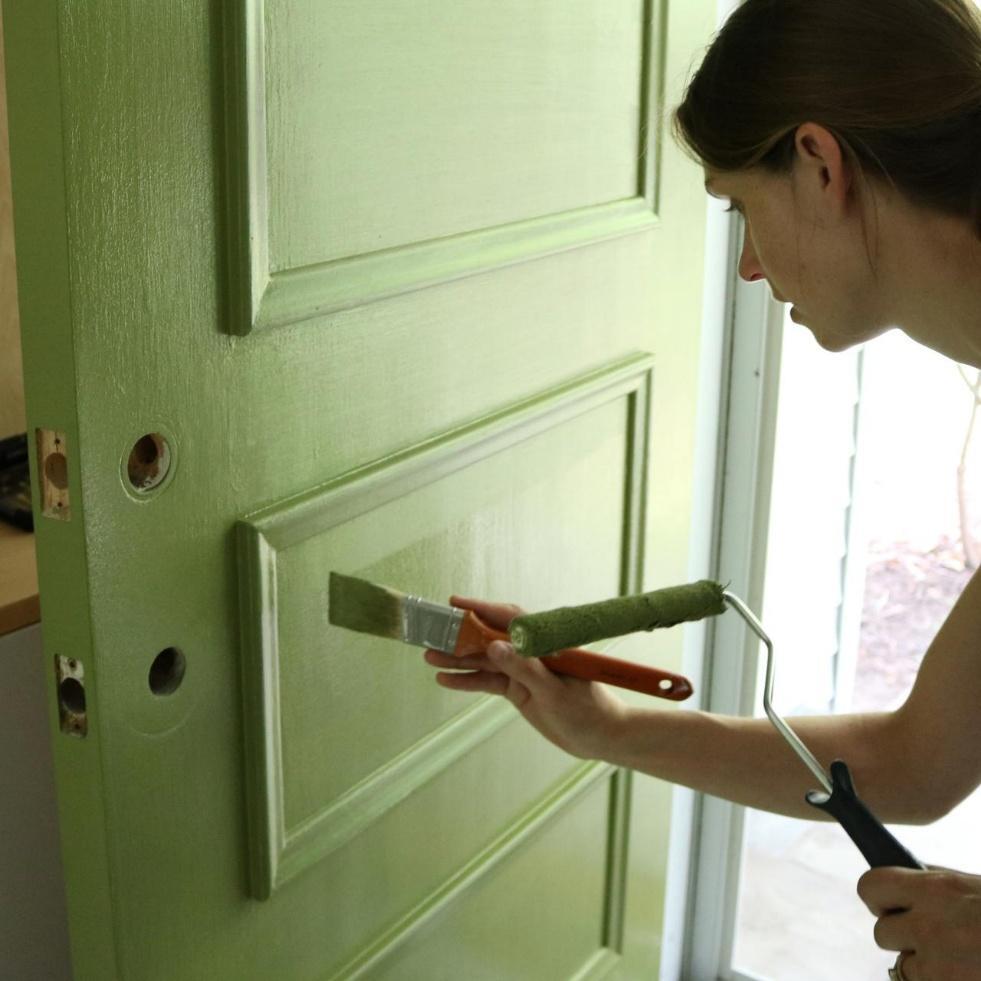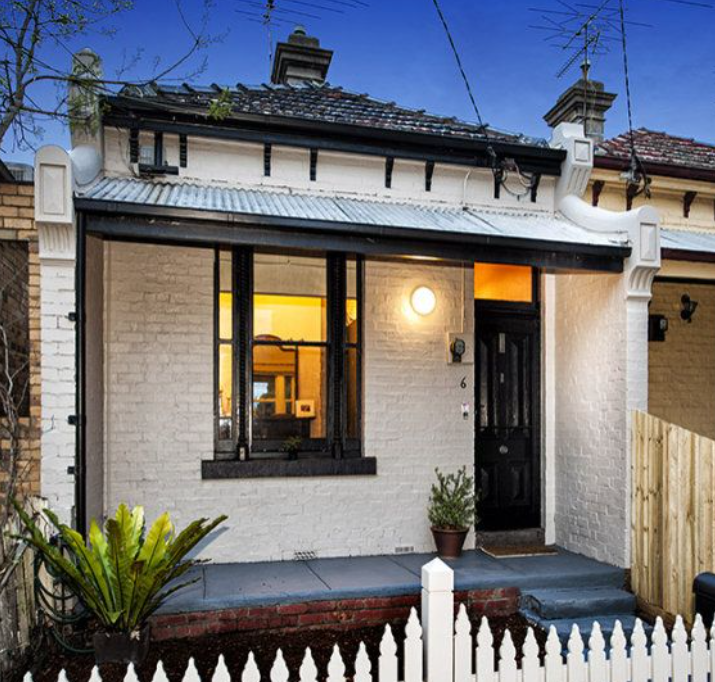Painting exterior brick is one of the best ways to refresh your home. With the right paint, tools, and preparation, you can transform tired-looking bricks into a smooth, modern finish that lasts.
We’ll walk you through the whole process in three stages:
- Before You Paint
Preparation is the most important part of the job. If you rush this stage, even the best paint won’t last.
- Let new bricks cure
If your bricks are new, wait at least 28 days after laying so the cement mortar has time to set properly before painting.
- Inspect for water damage
If there are signs of leaks, rising damp, or moisture problems, fix these first. If you paint over damp bricks, the paint will most likely bubble, peel, or trap moisture inside, leading to even bigger problems if left unchecked.
- Check for defects
Look over the brickwork for any issues. A common one is a white, chalky deposit called efflorescence. This happens when salts rise to the surface. To remove it, wash the area with a mild solution of vinegar and water (about 1 part vinegar to 20 parts water), hose it down thoroughly, and allow it to dry.
- Clean the surface
Use a stiff brush to scrub off loose sand, cement, dirt, or flaky material. Fill any gaps or holes with grouting cement to create a solid base for painting.
- Wash down
Hose or scrub the bricks to remove dust and rinse with clean water. Allow to dry.
- Mask off areas
Use good-quality painter’s tape around trims, window frames, or areas you don’t want painted. Lay down drop sheets to protect nearby surfaces.
- Prepare to paint
Stir the paint well before use with a broad flat stirring stick to ensure the colour is consistent. Dampen your brushes and rollers with water before using.
- Painting Your Bricks
Once the preparation is done, you can start painting. Take your time and be patient. Unpainted brick is very porous and may need more than two (2) coats.
- Cut in the edges
Using a quality synthetic brush, paint carefully around the edges of the wall, corners, trims, and any areas the roller won’t reach. Work in sections so that when you roll, the wet edges blend together for a seamless look.
- Load the roller
Use an 18mm nap roller for rough brick surfaces. Load it evenly in the tray so it holds a good amount of paint without dripping.
- Roll in a “W” pattern
Start rolling in a large “W” shape, then fill in the gaps by rolling over the same section until it’s evenly covered. Work on areas of about 1m² at a time. This ensures consistent coverage and helps you maintain a wet edge.
- Lay off for a smooth finish
While the paint is still damp, take an unloaded roller without additional paint. Starting from the top corner, lightly roll straight down with no pressure. Overlap slightly each time. This smooths out roller marks and leaves an even finish.
- Apply second (and third) coats
Allow the first coat to dry (about 2 hours in normal weather). Then repeat the process. Most brick walls need at least two coats, and bare brick may need three for complete coverage.
Tip: Never leave a roller covered in paint sitting out. If you’re taking a short break, wrap it tightly in plastic cling wrap or a plastic bag to stop it drying out.
- After Painting & Paint Disposal
Once you’re happy with the finish, clean up properly.
- Wash brushes, rollers, and trays thoroughly so you can reuse them.
- Remove painter’s tape while the paint is still slightly soft to prevent peeling.
- Never pour leftover paint down the drain. Leave empty paint tins to completely dry out so they can be safely thrown out with household waste.
- Leftover paint that is not required can be dropped off at Paintback. Check online for your nearest drop-off site or check with your local council.
Finally, step back and admire your refreshed brickwork—it’ll not only look modern and fresh, but will also be protected against the sun, rain, and dirt for years to come.
What You’ll Need
- Premium quality, water-based exterior paint (for maximum weather protection)
- Drop sheets to protect the ground
- Medium-sized, quality synthetic, angled paint brush for cutting in
- Roller frame with 18mm nap roller cover suitable for use on brickwork
- Paint tray and stirrer
- Extension pole for high walls
- Painter’s tape suitable for exterior use
- Exterior filler and grouting cement (for repairs)
- Stiff brush and sugar soap (for cleaning)
With these steps, your brickwork will get a clean, modern finish that’s tough enough to handle Australian conditions.







